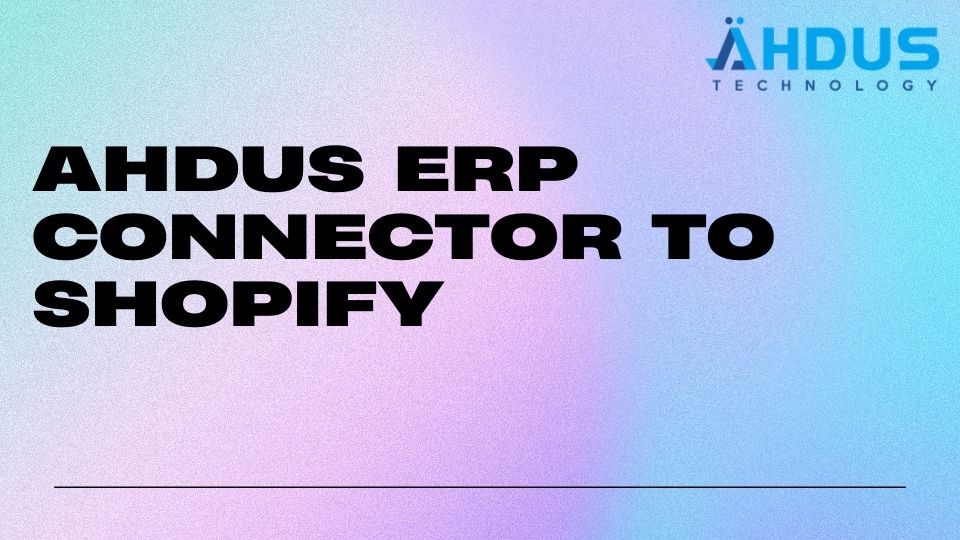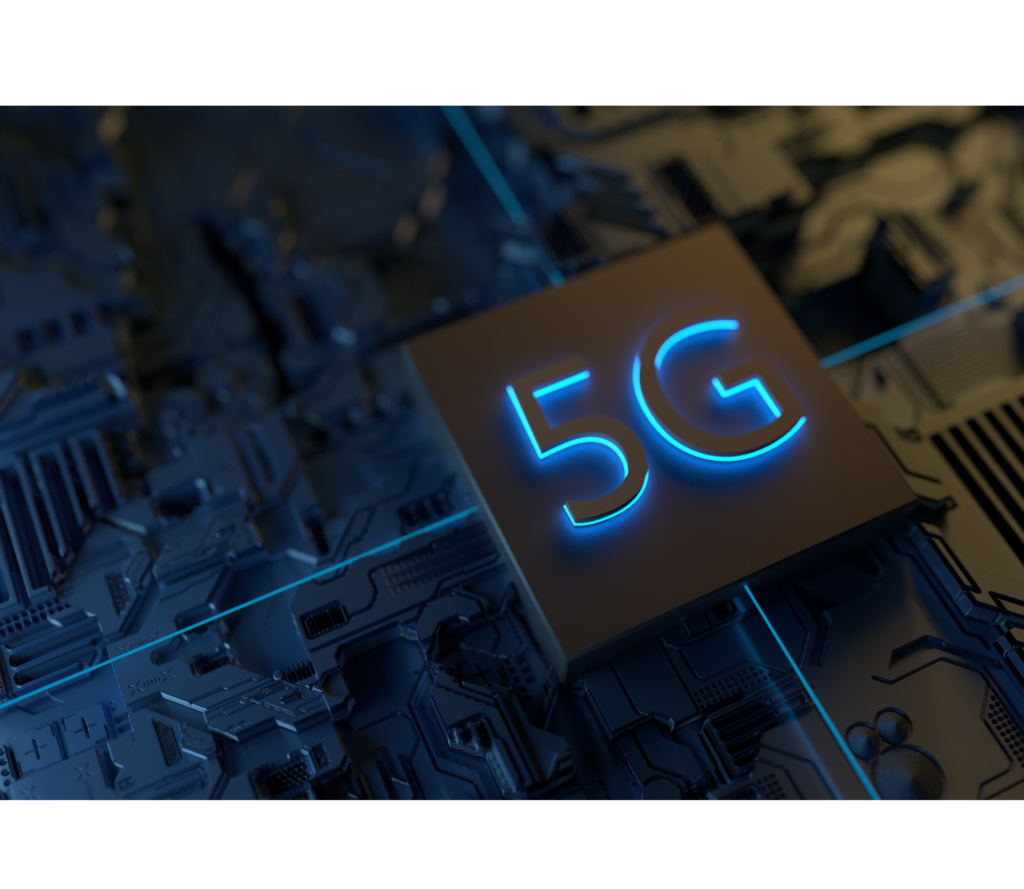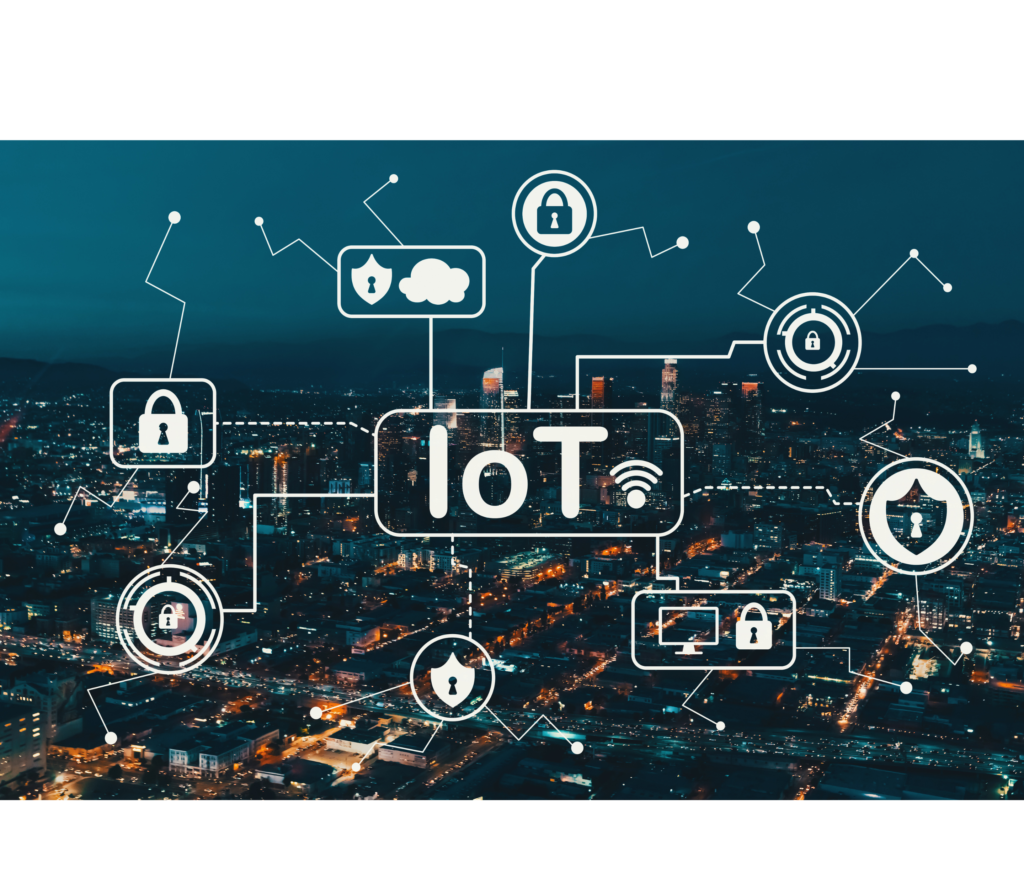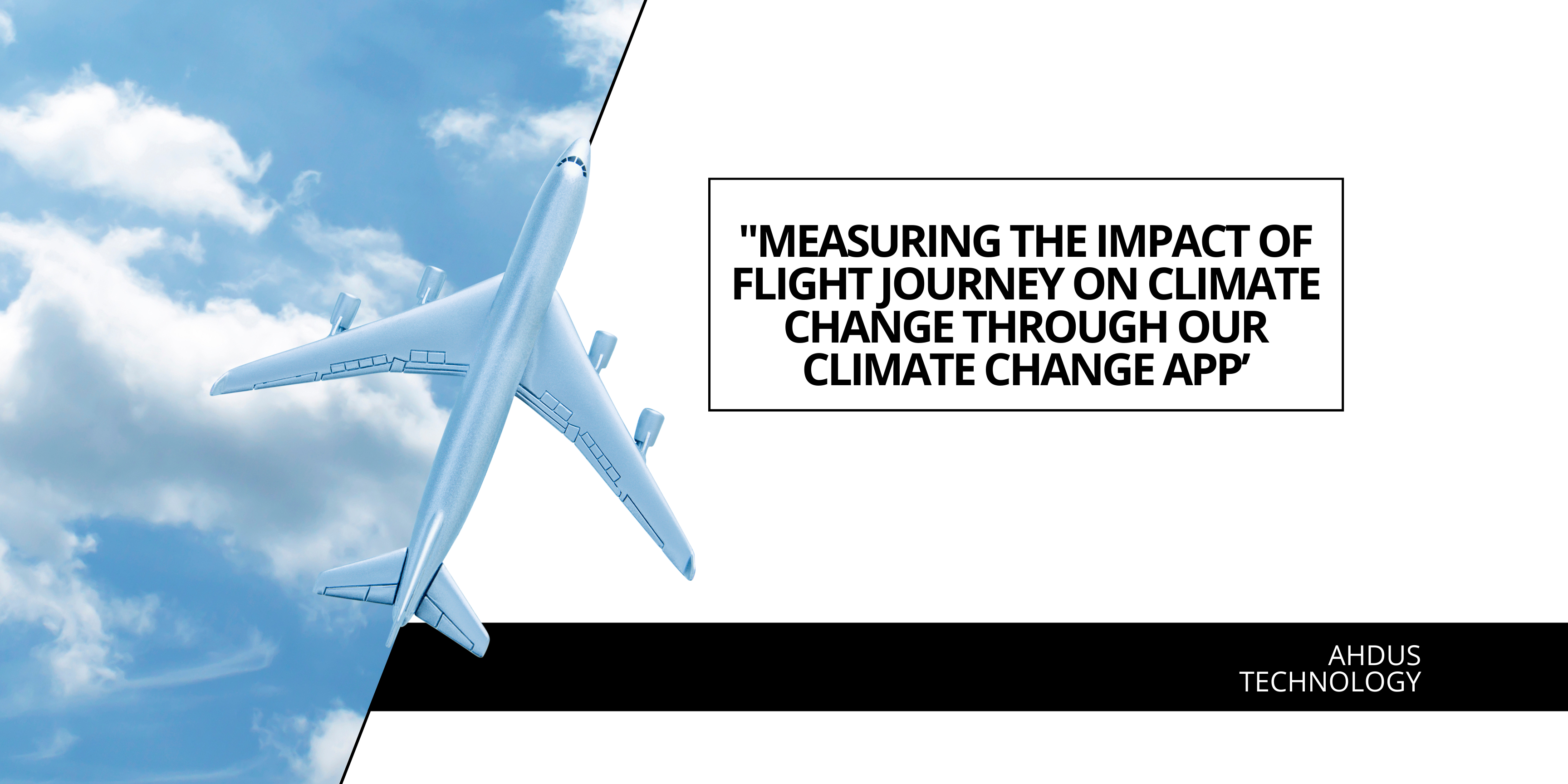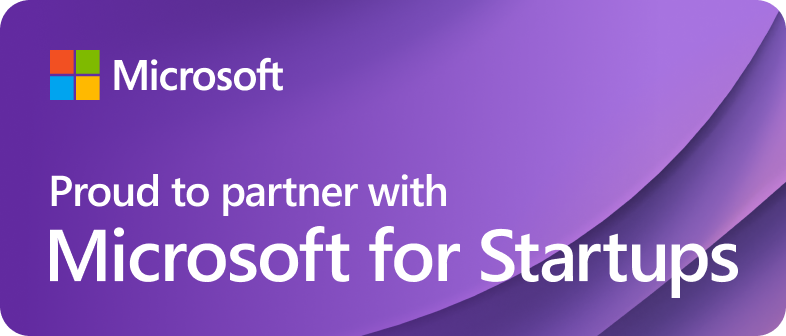With every small business going online, there is a strong need to manage products inventory from ERP system to the online store a business is running. Since our Shopify experts design, develop and maintain beautiful Shopify e-commerce stores for several clients worldwide, we also develop Shopify apps to facilitate the individual needs of our customers.
In this project, we are creating a Shopify App which will partially be automated to manage Largest Inventory Management Promode ERP system Products data to Shopify store so the products data always stay up-to-dated and accounts can be synchronized.
But before we further discuss our technical approach for the Shopify app, I would like to explain what is the background of this project.
What is Inventory Management ERP System?
Enterprise Resource Planning (ERP) software combines a company’s various aspects and procedures into a single integrated system. This platform enables the collaboration of several business management apps. ERP software can help with a variety of back-office operations, including IT services, inventory software, warehouse management, and HR functions. When ERP and e-commerce are combined, they function as one, and you have a single, unified data hub that eliminates silos.
Your e-commerce website will be more managed and organized with a streamlined order procedure after you use ERP software. A customer, for example, places an item in their cart and subsequently completes the checkout procedure. After that, the ERP software sends a confirmation email to the customer, extracts the item from your inventory data, and generates a shipping label. The software may also send a tracking email to the customer and update your accounting processes.
With ERP software, your customer is kept in the loop on the sales process. Your business benefits from the software because your inventory data remains accurate and organized throughout the sale and each step of the process is automated. That’s how we connect the Shopify store with ERP.
BUSINESS ADVANTAGES:
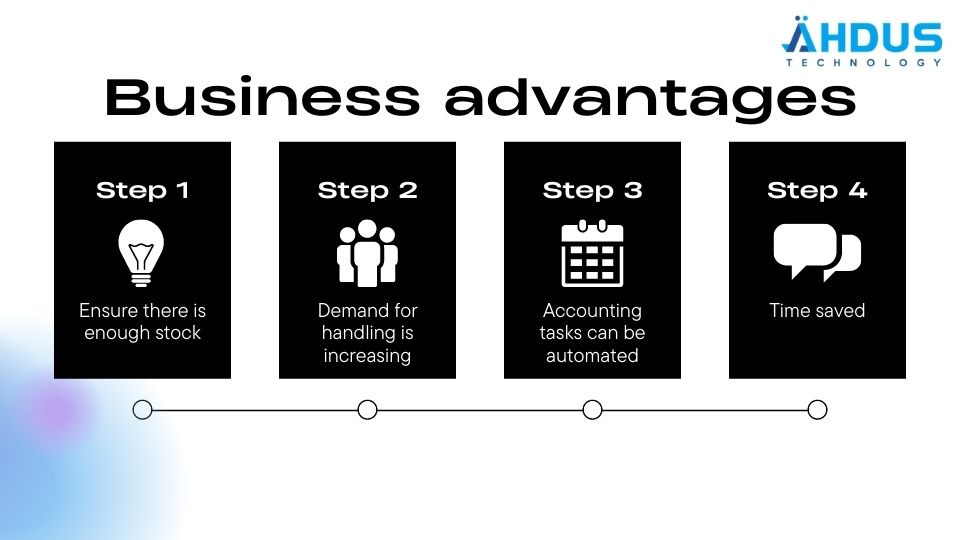
The advantages of integrating ERP and e-commerce
ERP solutions assist a company’s online ordering processes and procedures in a number of ways, including:
Ensure there is enough stock: Hand-keying stock might lead to human errors and waste time for employees. ERP systems update stock automatically, ensuring that these figures are accurate and up to date.
Customers want to know where their orders are and when they can expect them, so make order tracking as simple as possible. When necessary, an ERP solution updates order tracking and instantly tells clients about the status of their orders.
Demand for handling is increasing: You won’t have to worry about rising sales or e-commerce traffic if your company has a good ERP system. Without the need for additional personnel, ERP software may continue to automate services for you.
Time saved: ERP will save your a lot of time as compared to manual handling, adjusting, and updating the products.
When integrating an ERP solution into existing software and processes, the security of client information and data is still crucial. Despite the fact that many ERP activities are automated, the staff is still responsible for ensuring that the right protocols are followed and that the online customer experience is smooth and secure and our development team is taking care of this as well.
Let’s discuss the Use case of Ähdus ERP Shopify APP:
By using Shopify programming languages we are creating a connector named ÄHDUS ERP CONNECTOR
- Fetch products stock data from Promode ERP inventory management system in the format of CSV
2. Read stock data from CSV and allow Shopify owner to select the product which will be uploaded to Shopify
3. Shopify store Owner will be given multiple options to select product attributes i.e. price, product category, etc. (Thanks to our flexible app development approach)
4. Check products that are already created or just need to be updated
5. Read data from Stock CSV and ask the User to select the product which will be uploaded to Shopify
6. Update the stock of the selected products including all the details the Shopify store owner will select in step 3.
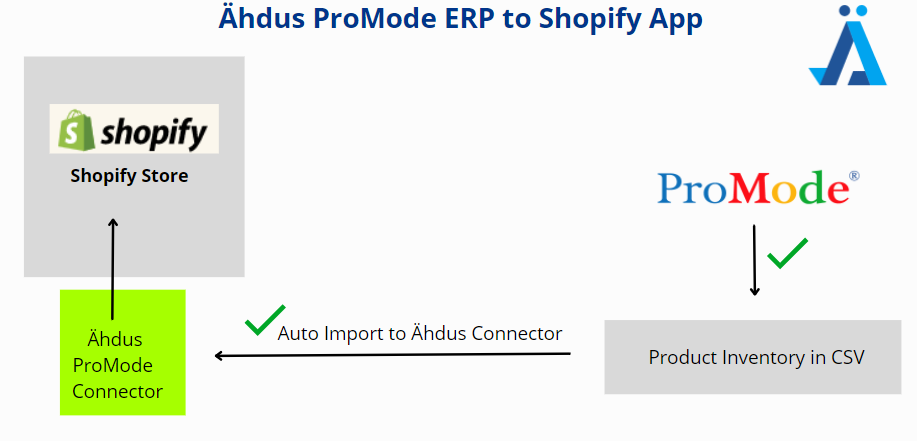
Programming languages used:
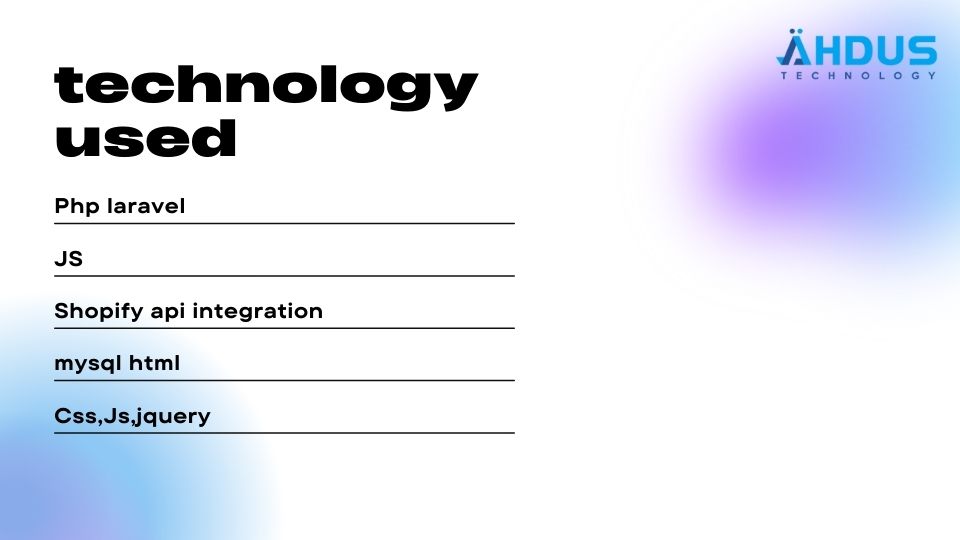
Our strong and cross-functional ÄHDUS TECHNOLOGY’S developers have assisted businesses in a variety of industries by performing tasks such as:
- Building quality ERP solutions and guaranteeing effective deployment customizing, deploying, and testing ERP application parts and coding
- Advising on and implementing ERP improvement work plans
- Engaging with other technical team members to create customized code when needed
- We can also offer you an ERP developer who specializes in a specific ERP system and has a lot of experience with it.
- Creating beautiful Shopify stores of all kinds
